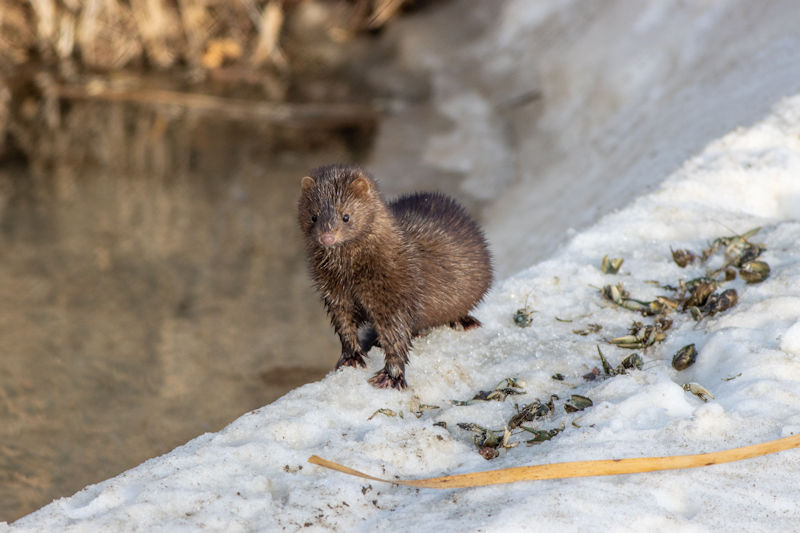The Growing Mink Population in Maryland
In the lush landscapes of Maryland, the mink, a small yet significant creature, has been a subject of both admiration and concern. The state, known for its diverse wildlife, has observed a noticeable increase in the mink population. This rise, while natural, poses questions about its impact on local ecosystems and human activities.
Ecosystem Balance and Mink
The balance of an ecosystem is a delicate dance of predators and prey, flora and fauna. Minks, being carnivorous mammals, play a pivotal role in this balance. They prey on fish, amphibians, and even small mammals, which, if left unchecked, can lead to overpopulation of certain species and underpopulation of others. The absence of natural predators in many areas exacerbates this imbalance.
Wildlife Management through Trapping
Trapping, a method often debated for its ethical implications, emerges as a necessary tool in wildlife management. In Maryland, regulated trapping helps maintain the mink population at a sustainable level. This management is crucial not just for the health of the minks, but for the overall well-being of the ecosystem.
Reducing Human-Wildlife Conflict
With the expansion of human settlements, interactions between humans and wildlife, including minks, have become more frequent. Minks, known for their curiosity and adaptability, often venture into human territories, leading to conflicts. These can range from minks preying on poultry to damaging property. Trapping, when done responsibly, can mitigate these conflicts, ensuring a harmonious coexistence.
A Balanced Approach
The management of the mink population in Maryland through trapping is not just about controlling numbers. It’s about understanding the interconnectedness of nature and our place within it. Trapping, when done with respect for the animals and the environment, can be a tool for maintaining this balance, ensuring that both wildlife and humans can thrive in Maryland’s diverse ecosystems.
Trapping, when conducted responsibly and ethically, offers a means to maintain the harmony of Maryland’s ecosystems. It’s a testament to the necessity of human intervention in nature, not as conquerors, but as stewards, ensuring the health and balance of our natural world.

